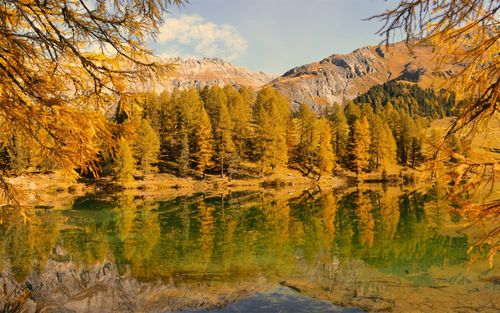Exploring the Origins and Influence of the 4 Cultural Hearths
Cultural hearths are the birthplace of civilizations and cultures. These areas were the first to develop and spread particular cultural practices, beliefs, and ideas that shaped the world as we know it. Over time, these cultural hearths have expanded and influenced other regions, creating a global network of interconnected cultures. Today, there are four key cultural hearths that have had a significant impact on human history: the Nile River Valley, Mesopotamia, the Indus River Valley, and the Yellow River Valley. In this article, we will explore the origins and the influence of each of these cultural hearths.
The Nile River Valley
The Nile River is one of the longest rivers in the world, and it runs through Egypt and Sudan. The Nile River Valley is the birthplace of Egyptian civilization, dating back to around 3100 BCE. It is believed that the Nile was the source of life that enabled the Egyptians to thrive. The Nile provided fertile soil for agriculture, and the Egyptians developed advanced irrigation techniques that allowed them to produce surplus crops. This surplus enabled the growth of cities and the development of a stratified society, with artisans, priests, and rulers. The Egyptians also developed a complex system of writing, art, and religion, which had a lasting impact on world culture.
Mesopotamia
Mesopotamia, which means “land between the rivers” in Greek, is located between the Tigris and Euphrates Rivers in modern-day Iraq. It is the birthplace of the Sumerian civilization, dating back to around 4000 BCE. The Sumerians developed a system of writing called cuneiform, the first known form of writing in the world. They also developed a complex religion, with many gods and goddesses, and built impressive ziggurats or temples. Mesopotamia was also home to other major civilizations, including the Babylonians and Assyrians, which left a lasting impact on the world with their achievements in mathematics, astronomy, and law.
The Indus River Valley
The Indus River Valley is located in what is now Pakistan and India. It is the birthplace of the Indus Valley civilization, dating back to around 2600 BCE. The Indus Valley civilization is known for its sophisticated city planning, with advanced sewer systems, public baths, and granaries. The Indus script, the written language of the Indus Valley civilization, remains a mystery to this day, but scholars believe it was an important predecessor to the Sanskrit language. The Indus Valley civilization also traded with other cultures, including the Mesopotamians and the Egyptians, which helped to spread their influence.
The Yellow River Valley
The Yellow River Valley is located in China, and it is the birthplace of Chinese civilization, dating back to around 2100 BCE. The Yellow River is known as the “cradle of Chinese civilization” because of its importance in the development of agriculture and Chinese culture. The Yellow River Valley civilization developed pottery, bronze work, and silk weaving, and also developed a system of writing called oracle bone script. The civilization was organized into various dynasties, each with its own cultural achievements.
Conclusion
The four cultural hearths have had a profound impact on human history and continue to influence world culture today. From the Nile River Valley’s early development of agriculture and religion to the Yellow River Valley’s contributions to Chinese culture, these hearths have shaped our world in countless ways. Understanding the origins and influence of these cultural hearths can help us appreciate the rich history and complex tapestry of human culture.
(Note: Do you have knowledge or insights to share? Unlock new opportunities and expand your reach by joining our authors team. Click Registration to join us and share your expertise with our readers.)
Speech tips:
Please note that any statements involving politics will not be approved.
